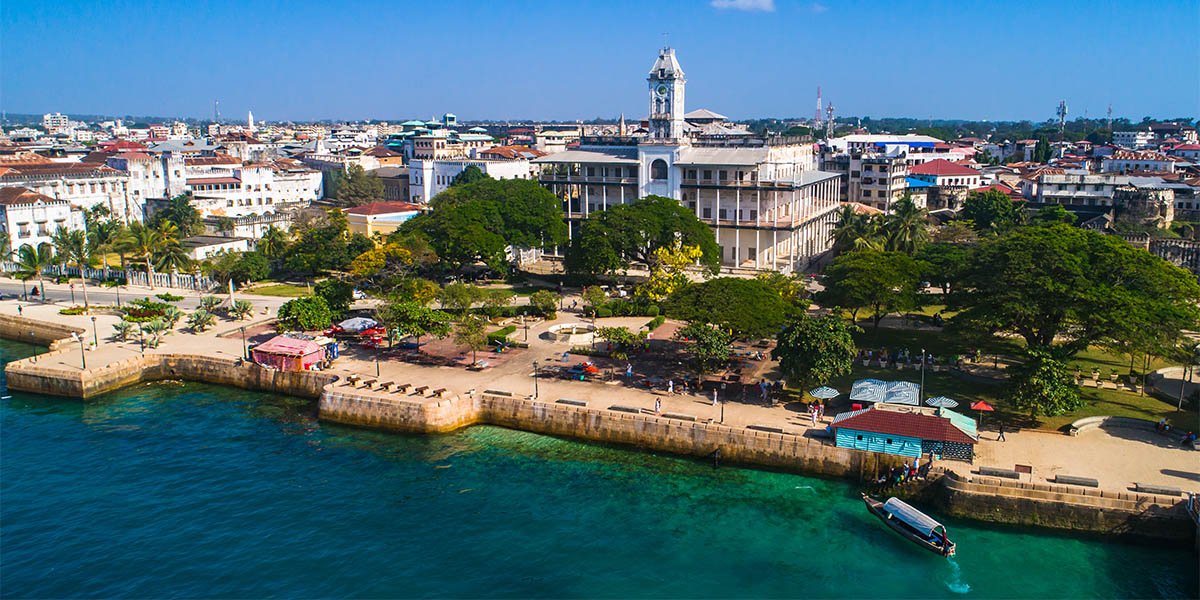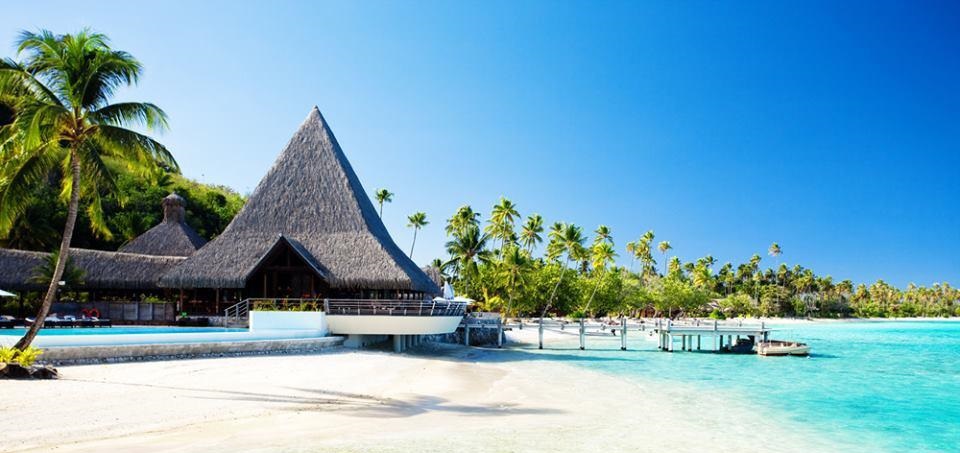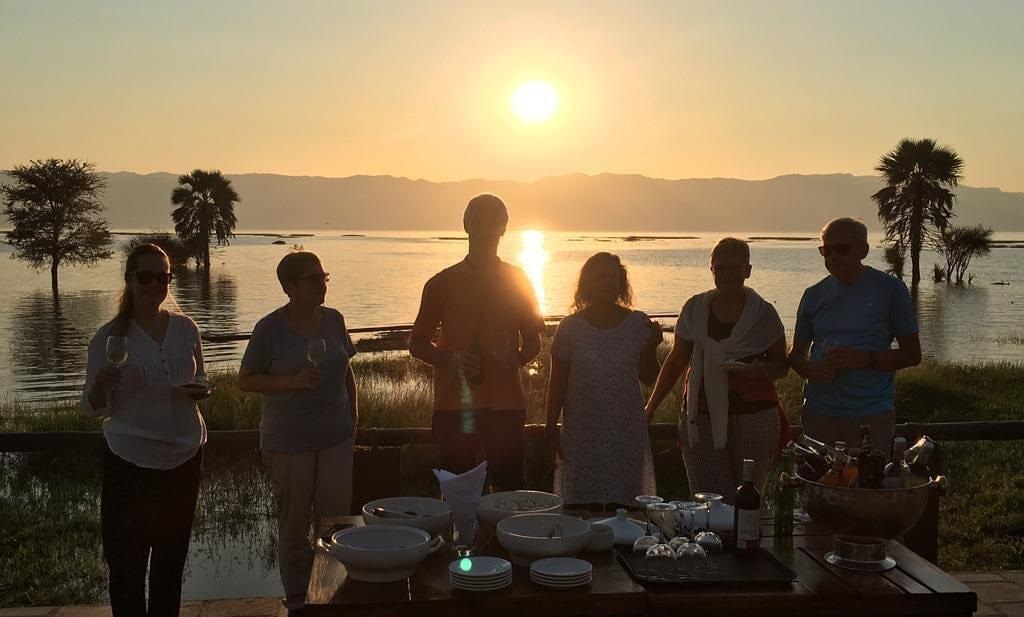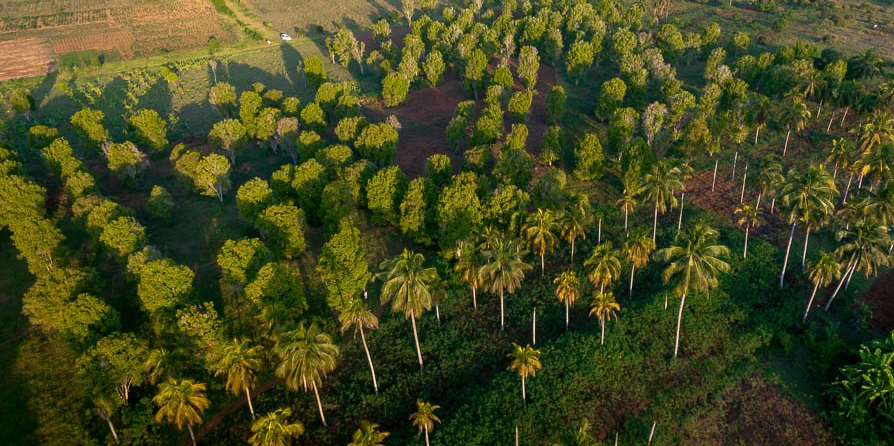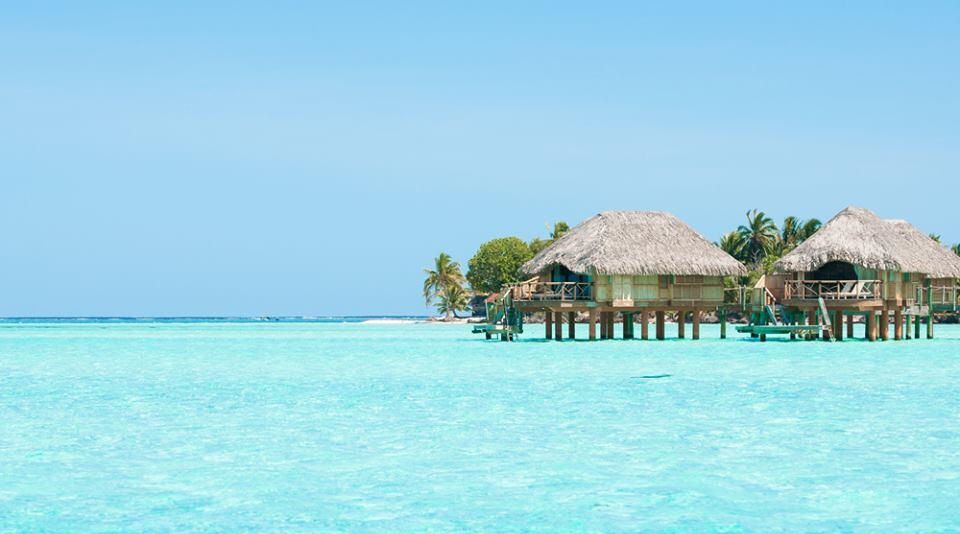
About Zanzibar
Known as the Spice Island, the beautiful island of Zanzibar on Africa’s east coast is bursting with culture and history, seemingly at odds with its idyllic geography of white-sand beaches with palms swaying lazily in the sea breeze. Together this makes Zanzibar a fabulous place to explore as well as a dream to relax and unwind.
Zanzibar is the semi-autonomous part of Tanzania in East Africa. It is composed of the Zanzibar Archipelago in the Indian Ocean, 25–50 kilometres (16–31 mi) off the coast of the mainland, and consists of many small islands and two large ones: Unguja (the main island, referred to informally as Zanzibar) and Pemba. The capital is Zanzibar City, located on the island of Unguja. Its historic centre is Stone Town, which is a World Heritage Site.
Zanzibar’s coastline offers some of the best beaches in the world, but sand and surf vary depending on what side of the island you’re on. On the east coast, waves break over coral reefs and sand bars offshore, and low tide reveals small pools of starfish, small minnows, and anemones. Up north, ocean swimming is much less susceptible to the tides, and smooth beaches and white sand make for dazzling days in the sun.
Popular Zanzibar’s Attractions
Stone Town
Stone Town is the iconic capital of Zanzibar.
Known in Swahili as Mji Mkongwe, Stone Town is the old part of Zanzibar City.
It is in Stone Town that myriad narrow streets wind their way through craft shops, art galleries, fabric stalls and quaint coffee shops.
It is also the perfect place to explore on foot and getting lost within this maze of ancient streets can give rise to a number of authentic cultural experiences.
Nungwi Beaches
Nungwi beach is relatively quiet during the day, but it also provides a wide range of water sports and things to do, including scuba diving, Jet Ski and paragliding along with other activities such as volleyball, craft lessons or the local village tour.
Many people will choose to visit Nungwi for the range of things to do. But for anyone wanting a more secluded resort, it still makes for a great place to spend the day before returning to another part of the island.
Watching the sunset
Zanzibar is also synonymous with stunning red sunsets .
Please Note that: there are a number of unique locations to experience them.
Stone Town is likely to be the most spectacular place on the island to witness the last light of day.
The great place for catching the sunset or sunrise in Stone Town is to choose a lodge or hotel that
provides access to a terrace on the top of the building.
The beaches of Nungwi and Kendwa are perfect for enjoying sunset cocktails at Kendwa Beach while
you can usually have the soft sands to
yourself on the most southerly of the two beaches in Nungwi.
Spice Plantation Tour
The Spice Islands are still overflowing with, erm, spice and a tour of a local plantation is a great way to see how Zanzibar became an important stop on the trade
routes from the 18th century.
Spices still grown on the island include cloves, vanilla, green pepper, nutmeg and cinnamon. Most tours include lunch along with an opportunity to sample the produce. Plantations between Stone Town and the north beaches can be used as a good stopover point.
Jozani Chwaka Bay National Park
This 50 square kilometre National Park, the only one found on Zanzibar, is located towards the middle of the Island (about 30 mins drive from Stone Town, en route to Paje).
The Park is most famous for being home to about 1,000 Kirk's Red Colobus Monkeys. Endemic to Zanzibar, and classified as endangered, this species has a distinctive stripe on its shoulder and pink markings on its lips and nose.
Other inhabitants of the Park include the Sykes Monkey, Bush babies, duikers, 50 species of butterfly and 40 species of bird. Legend has it that the Zanzibar Leopard can still be found in the Park, though the last reported sighting was over 15 years ago.
